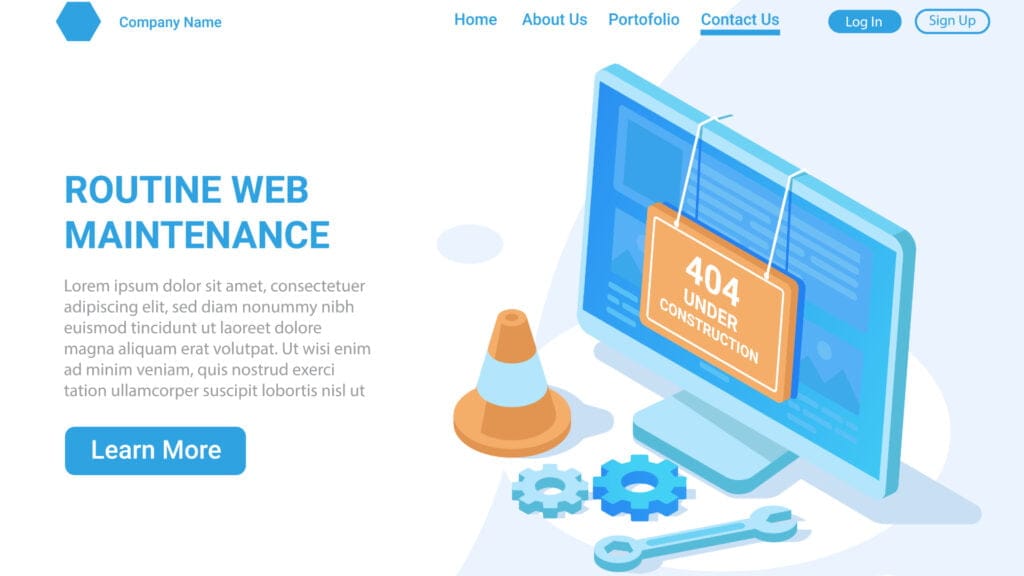Services
Website Design

Website design refers to the process of creating and arranging the visual elements of a website and involves several key aspects:
- Appearance – This includes the colors, fonts, and images used on the site.
- User Experience (UX) – Ensuring the site is easy to use and navigate.
- Responsive Design – Making sure the website works well on various devices, such as desktops, tablets, and smartphones.
- Layout – How information is structured and categorized on the website.
- Schema Markup – Planning for this ensures that the design accommodates the necessary elements, that will be marked up during the development phase, to boost SEO ranking.
A well-designed website is aesthetically pleasing, user-friendly, and accessible, helping to build trust with the target audience.
Website Build

Website build involves the creation of the website’s assets, the placement of these assets, and the installation and configuration of the various website applications. It encompasses a broad range of tasks, including:
- Front-End Build – This focuses on the user interface (UI) and the visual aspects of the website which the users interact with. It also plays an important role in the SEO ranking, based on keyword and phrase tagging, the schema markup implementation, and the website accessibility.
- Back-End Development – This focuses on the server-side of the website and includes the setup and configuration of databases, applications, integration, APIs, etc.
Website build is essential for creating functional, efficient, and user-friendly websites that meet the needs of both the business and its users.
Website Maintenance

Website maintenance involves the ongoing process of keeping a website up-to-date, secure, and functioning smoothly. Key components include:
- Security – Constant monitoring of the website and emailing systems and applying security patches and updates on a regular on-going basis. This approach is necessary in order to protect the website from vulnerabilities and cyber threats.
- Backup and Recovery – Regularly backing up the website’s data to prevent data loss and ensure quick recovery in case of any issues.
- Performance Monitoring – Regularly checking the website’s performance, including load times and responsiveness, to ensure a smooth user experience and enhance SEO ranking.
- Link and Functionality Checks – Ensuring that all links and functionalities on the website are working correctly and fixing any broken links or errors, to ensure a smooth user experience and enhance SEO ranking.
- Content Updates – Ensuring that the website’s content is current and relevant, which includes adding new blog posts, updating product descriptions, and removing outdated information.
Regular website maintenance is crucial for providing a positive user experience, maintaining search engine rankings, and protecting the website from potential security threats.
Content Creation

Website Content Creation is the process of generating and publishing various types of content to engage and inform your target audience.
This includes:
- Researching Topics – Identifying subjects that are relevant and appealing to your audience.
- Creating Content – Developing written or visual content such as blog posts, articles, videos, infographics, and more.
- Optimizing for SEO – Ensuring the content is optimized for search engines to improve visibility and attract organic traffic.
- Publishing – Making the content accessible to your audience through your website or other platforms.
- Promoting – Sharing the content through various channels like social media, email newsletters, and other marketing strategies to reach a wider audience.
Effective Content Creation helps attract, engage, and retain visitors, ultimately driving business growth and enhancing your online presence.
Digital Marketing

Digital marketing, also known as online marketing, involves promoting the brand and connecting with potential customers using the internet and other forms of digital communication. This includes a variety of channels such as:
- Social Media – Platforms like Facebook, Instagram, Twitter, and LinkedIn.
- Search Engines – Utilizing SEO (Search Engine Optimization) and SEM (Search Engine Marketing).
- Email Marketing – Sending targeted emails to potential and existing customers.
- Content Marketing – Creating and sharing valuable content to attract and engage an audience.
- Mobile Marketing – Marketing through mobile apps, SMS, and MMS.
- Pay-Per-Click (PPC) – Paid advertising on platforms like Google Ads and social media.
Digital marketing is essential because it allows businesses to reach a large audience in a cost-effective and measurable way. It also enables real-time customer engagement and feedback.
Business Branding

Business branding for small to medium companies involves creating a unique identity that distinguishes your business from competitors and resonates with your target audience. These are the key components:
- Brand Identity – This includes your logo, color scheme, typography, and overall visual style. It’s how your business presents itself visually to the world.
- Brand Voice and Tone – This is the way your brand communicates with its audience, including the language, style, and personality conveyed in your messaging.
- Brand Values and Mission – These are the core principles and goals that drive your business. They help to build an emotional connection with your audience by showing what your business stands for.
- Consistency – Ensuring that your branding is consistent across all platforms and touchpoints helps to build recognition and trust with your audience.
- Customer Experience – Branding also encompasses the overall experience customers have with your business, from the quality of your products or services to the customer service you provide.
- Differentiation – Effective branding highlights what makes your business unique and why customers should choose you over competitors.
In essence, business branding for small to medium companies is about creating a cohesive and compelling identity that attracts and retains customers, builds trust, and supports your business goals.
SEO & Analytics

Website Accessibility

